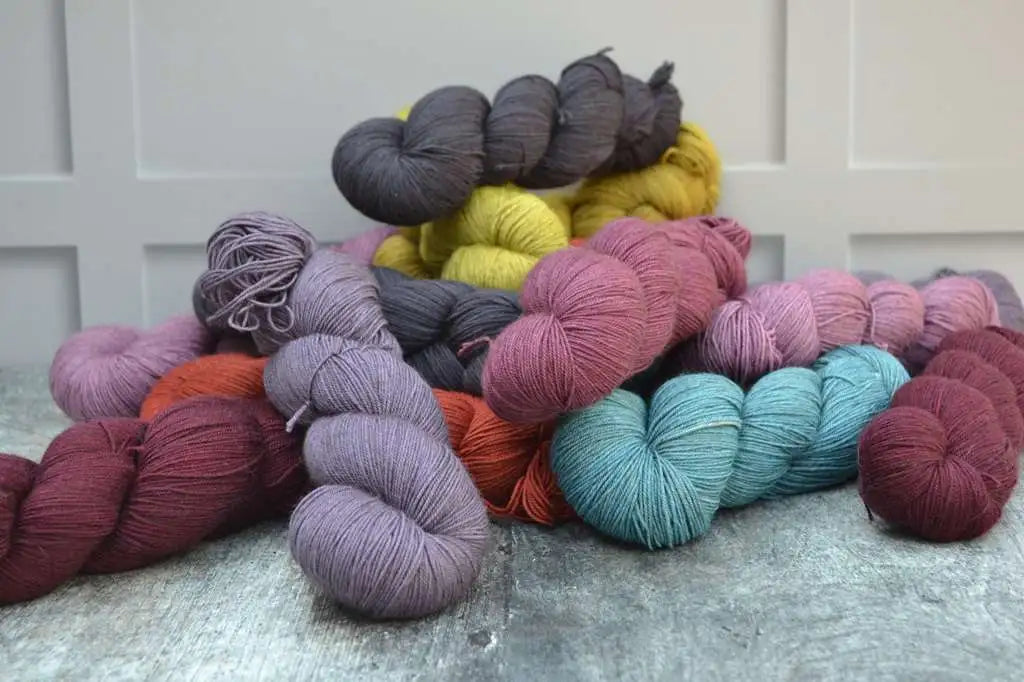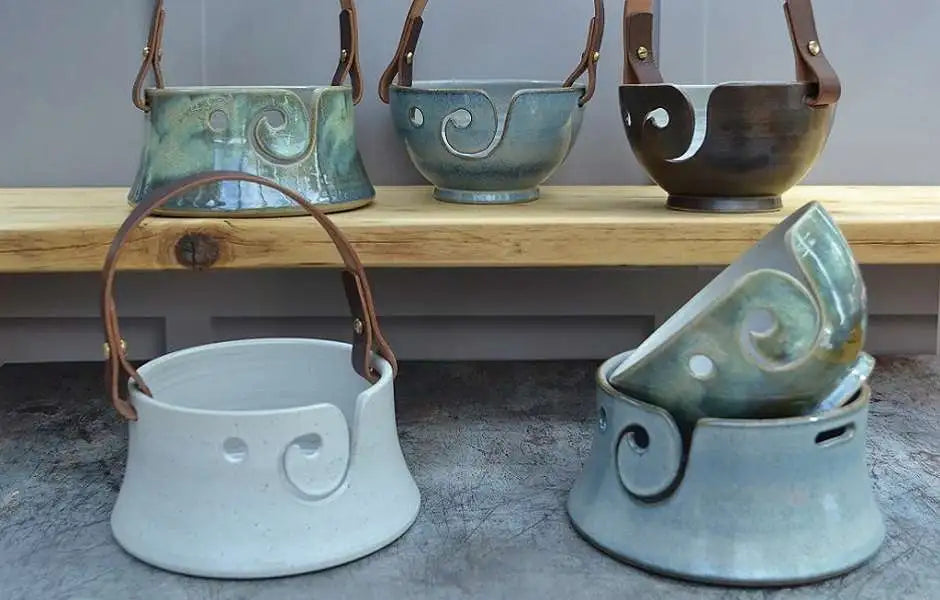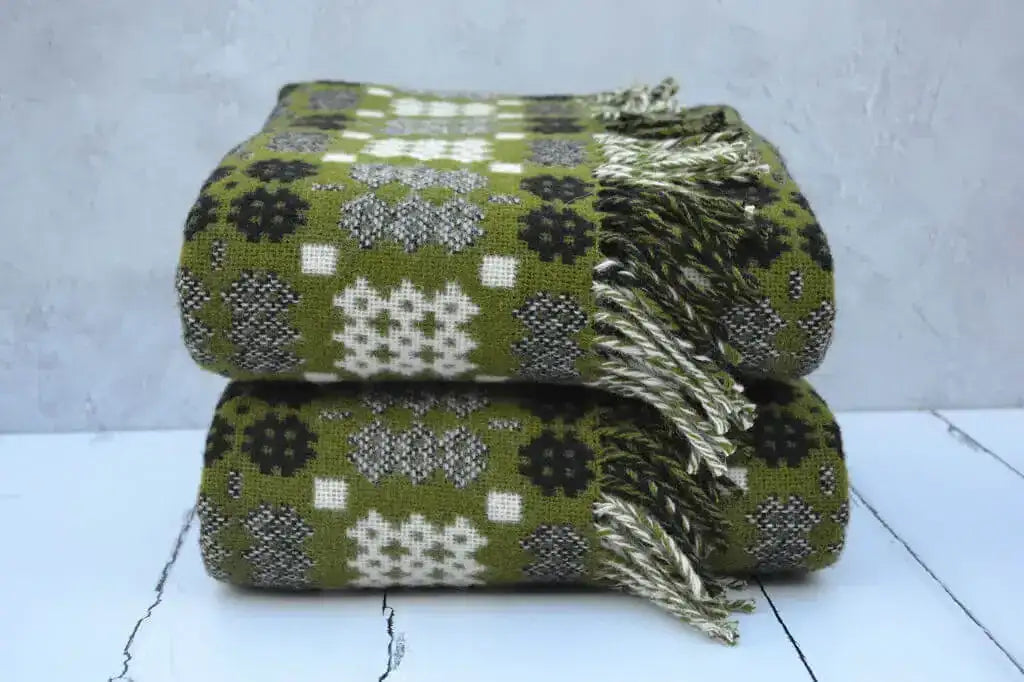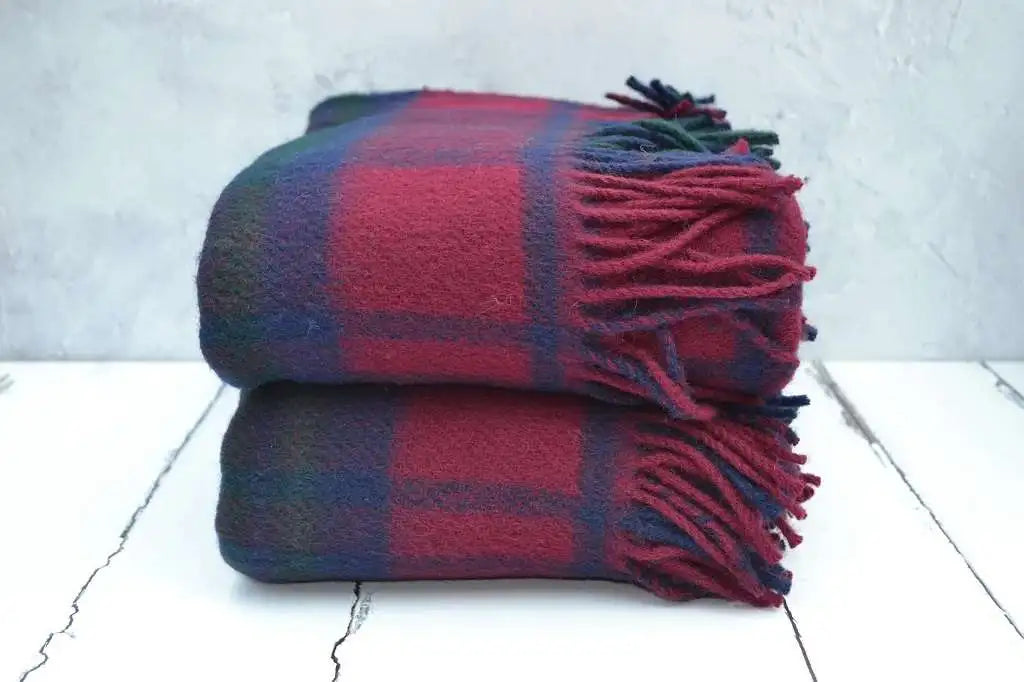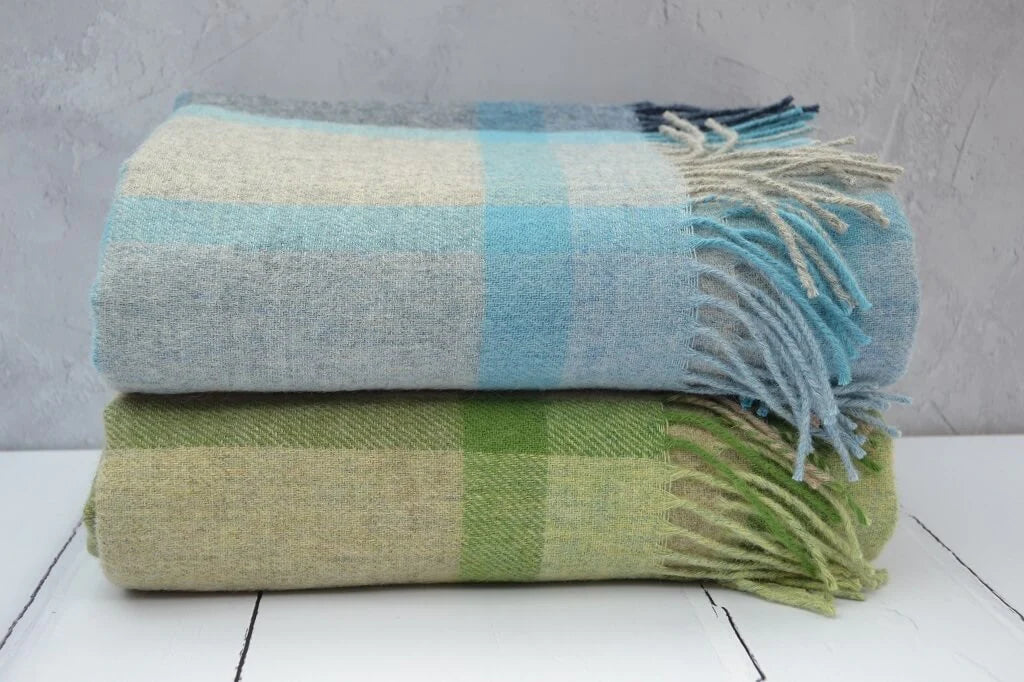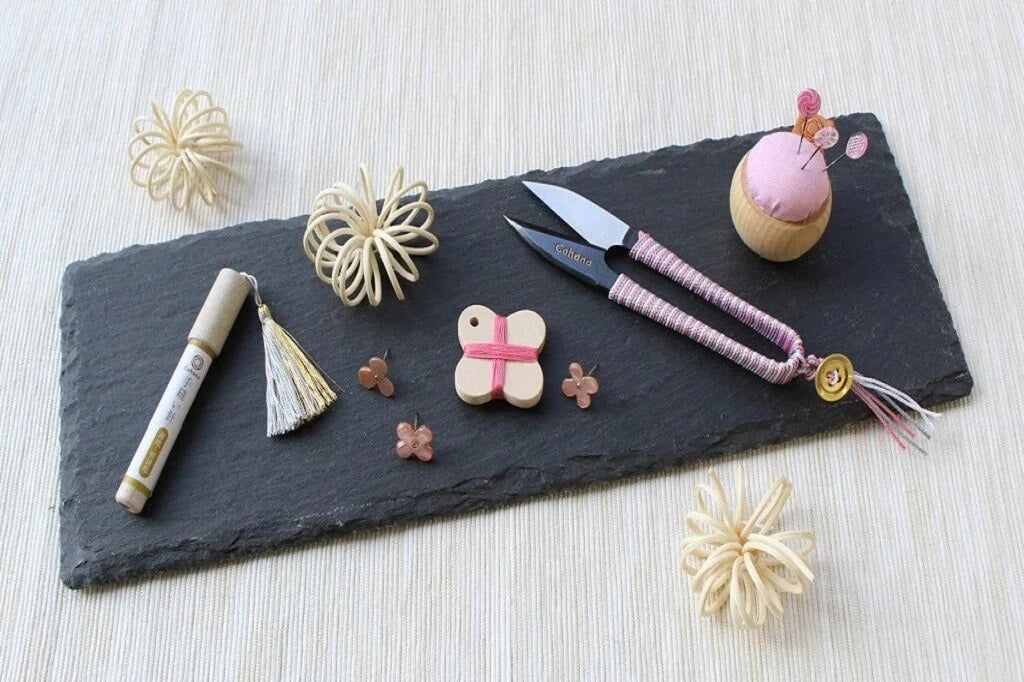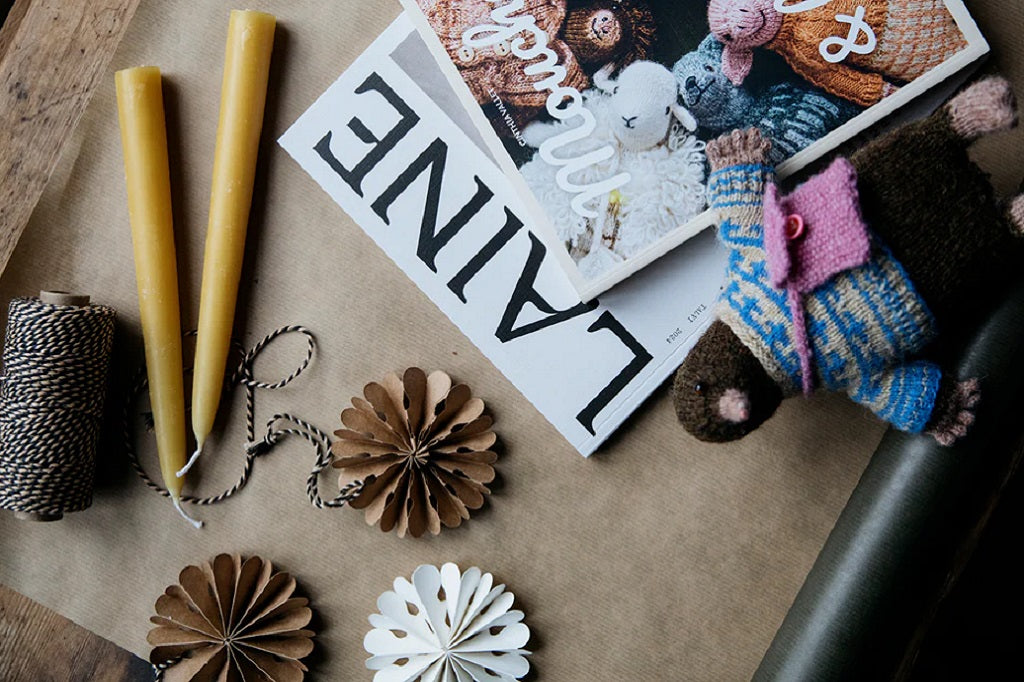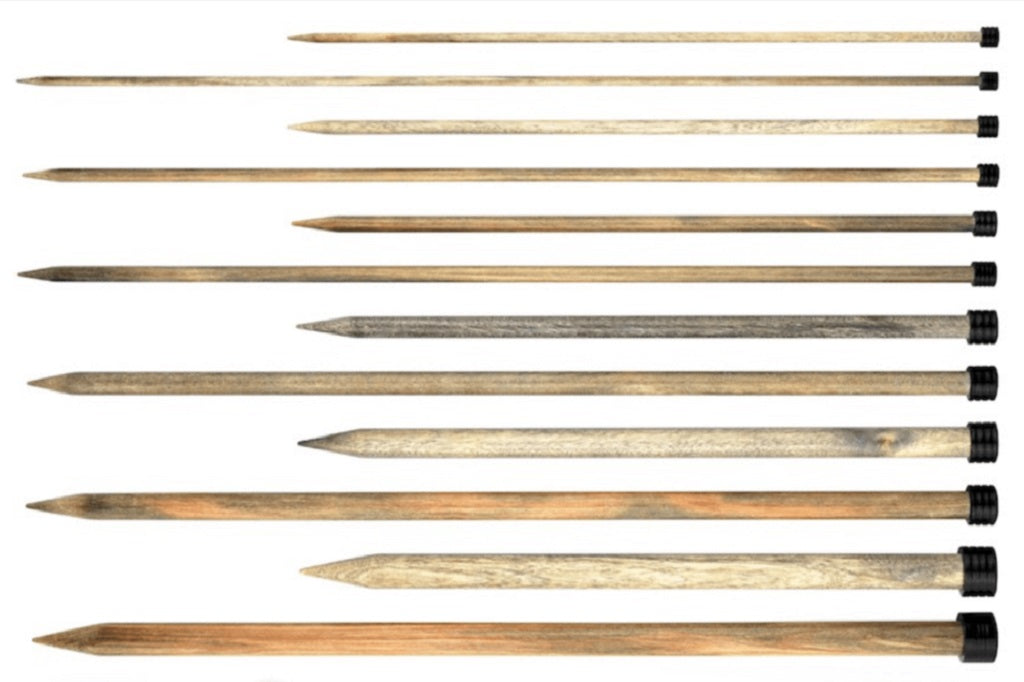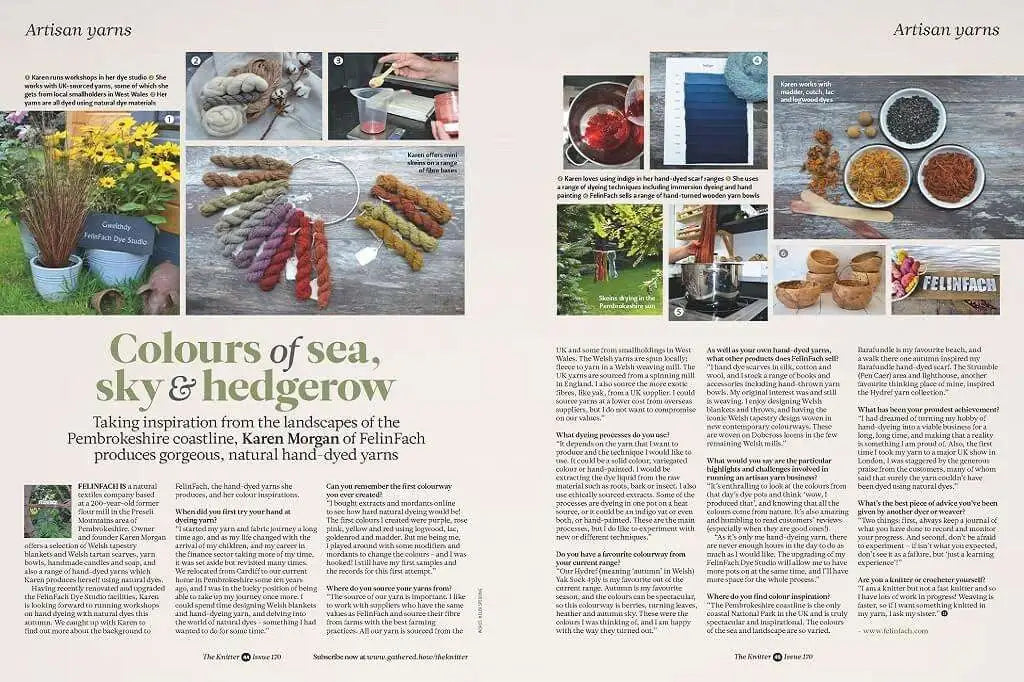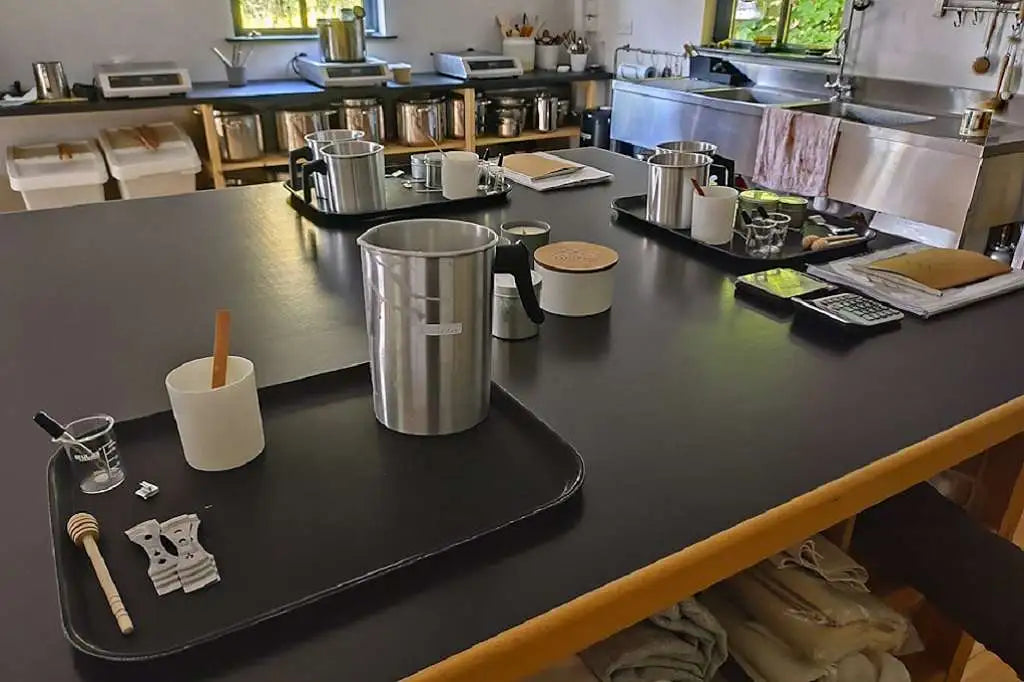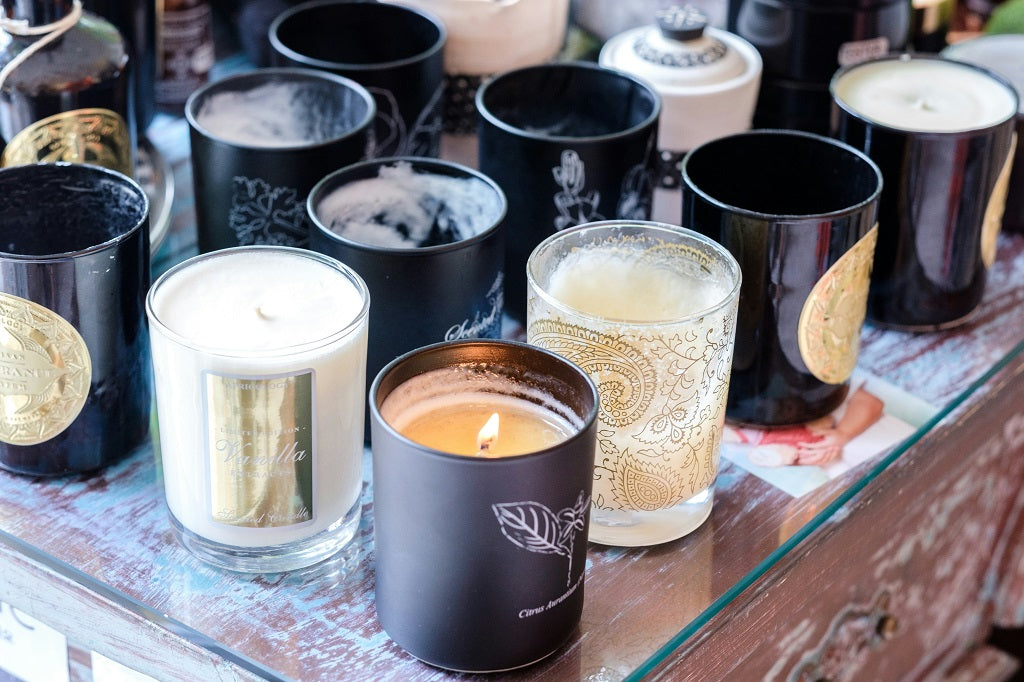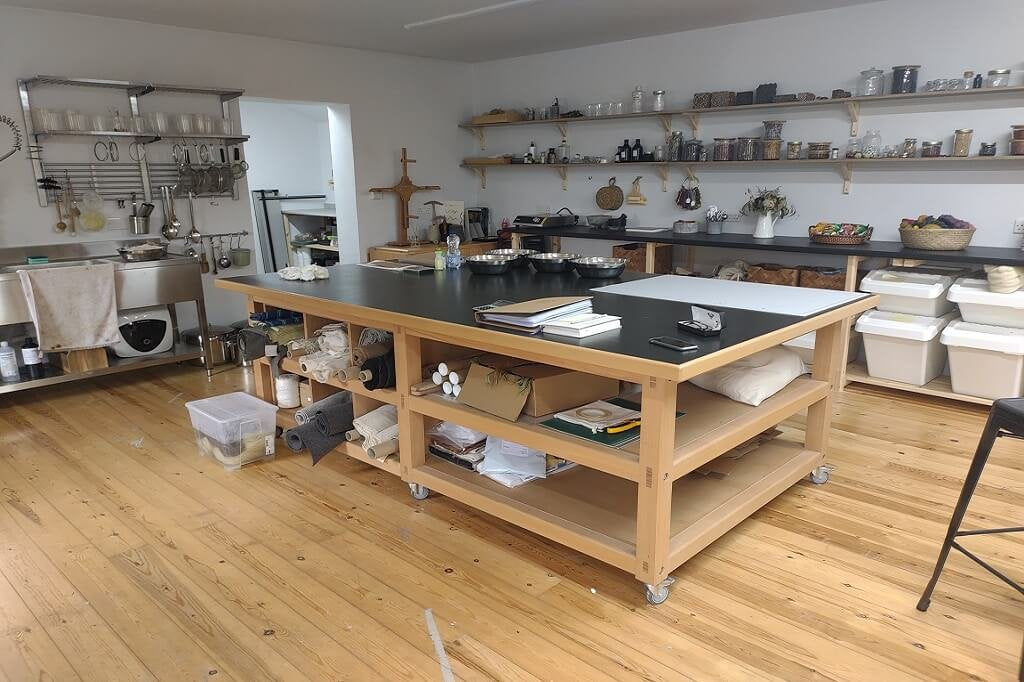Yarn Shop
Welsh Blankets
Clearance Sale
Craft Courses
About Us
Calan Mai - May Day - 1st May
Calan Mai, May Day
Calan Mai is the first day of May and traditionally, May Day was the first day of Summer. Nos Galan Mai is the evening before May Day. The first day of May was an important time for celebration and festivities in Wales and there are some superstitions and customs still practiced today that date back to Druid times. May Day is always about halfway between the Spring Equinox (21/22 March) and the Summer Soltice (21/22 June).
Beltane
More widely, Beltane is the Gaelic May Day festival celebrating fertility and new growth. As a festival, it has mostly died out since the mid-20th century, but some customs continue today, and in many places, it is being revived as a cultural event. Even a Dr Who (Tom Baker) programme was based on Beltane. The Beltane fires that are traditionally observed represented purification and the banishing of disease and the ceremonies are extravagant with music costume and dancing. There is still a Beltane Fire Society in existence, based in Edinburgh Scotland.
Celebration Days and Festivals in Wales
Here is a short list of celebration days and festivals in Wales. All these days are listed on the "Celebration Days in Wales" page below.
Calan Mai - May Day
Nos Galan - Ysbryd Nos
Here in Wales, history tells us that Nos Galan, May Day’s Eve was even more important than May Day itself. It was one of the three great ‘spirit nights’ (ysbrydnos) of the year. These were thought to be the three nights of the year that the veil to the spirit world was at its thinnest. The three Ysbryd Nos are;
- Nos Galan (30th April)
- St John’s Eve (24th June) and
- Nos Calan Gaeaf (Halloween,31st October).
As the darkness would approach on Nos Galan, bonfires were lit which would represent purification, ward off harmful spirits and banish disease.
Calan Mai - Calan Hâf
May Day itself used to be known as Calan Hâf, the first day of summer. At the opposite end of the season, the first of November was known as Calan Gaeaf, the first day of Winter. These two festivals divided the year into winter and summer and became the dates on which certain activities began or ended.
As dawn broke on May Day, people in villages and surrounding farms would be woken by the singing of May carols. Summer dancing, and the singing of bawdy ‘Summer carols’ were popular, as lively groups meandered from house to house, accompanied by a fiddler or a harpist.
Winter and Summer Mock Fights
Calan Hâf was also a time where a mock fight would take place between two men representing Winter and Summer. The man dressed as Winter carried a stick of blackthorn and a shield with wool stuck on it to signify snow. The man dressed as summer would be adorned with flowers and ribbons and carry a wand made of willow with more flowers and decorations on it. The winter man would throw straw at the force of summer who would battle back with his wand, and branches of birch and fern. Of course, summer would always win the battle, and afterward, he would choose a May King and Queen.
Maypole Dancing and Singing
The village green also would be officially opened on May Day. Village Greens are traditionally used for locals to gather and play sports, and on this day, the green would be decorated with branches of oak and people would dance around a mound with a harpist or fiddler playing in the centre. The Maypole that is more widely recognised in May Day traditions was very much an essential part of Welsh culture. It would be fashioned out of birch wood and painted bright colours, adorned with ribbons and hoisted into the air and dancing would commence.
In North Wales, it was a slightly different method, called “Cangen Calan Hâf” and up to twenty young men would dress in white with ribbons, except for two who would be named “Fool” and “Cadi.” The Cadi would carry the “Calan Hâf” which would be decorated with watches, spoons and silver items donated by the village folk. Singing and dancing they would carry this through the village knocking on doors and asking for money as they did so.
About FelinFach
Located in Pembrokeshire Wales, our ethos is defined in the three words...
NATURAL TRADITIONAL HANDMADE.
- Hand woven iconic Welsh blankets.
- Hand dyed yarn, dyed with natural dyes only - no exceptions!
- Hand poured candles, candle accessories, Candle Making Workshops and soapery.
- Natural Dyeing Craft courses.
- Yarn shop, yarn bowls, project bags, tools and accessories for knitters and crafters.
- Welsh Gifts, made in Wales, handmade in Wales.
We are a proud supporter of Americymru the Campaign for Wool, Global Welsh and Red Dragon America.
Last updated 18th April 2025

